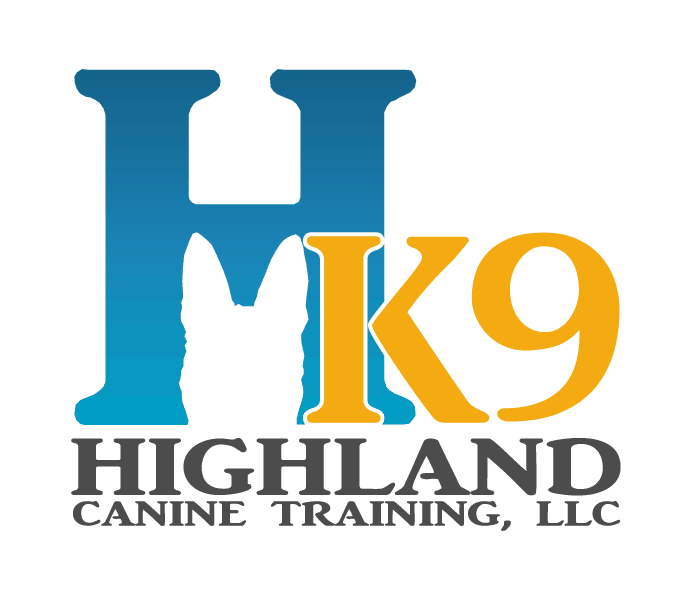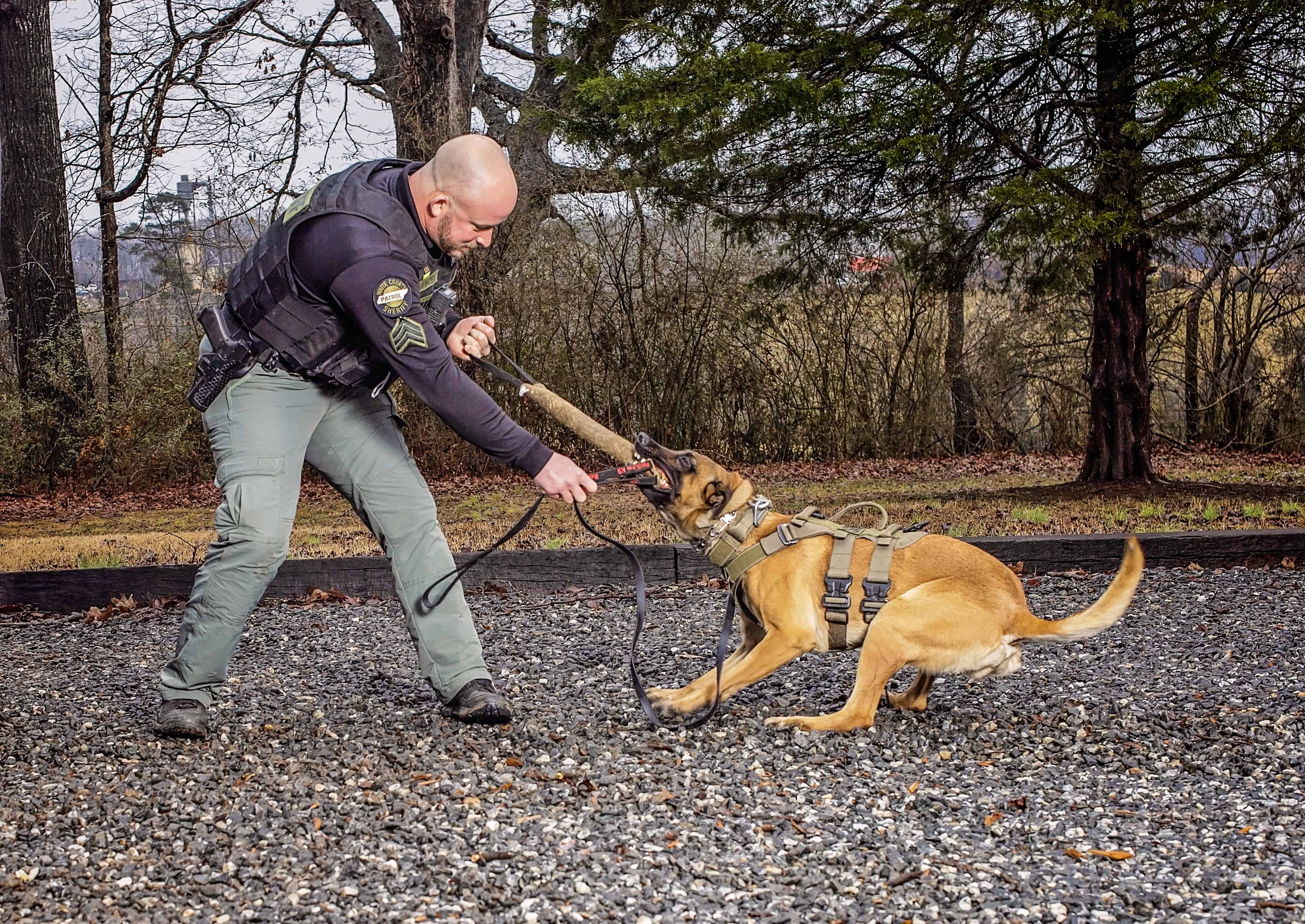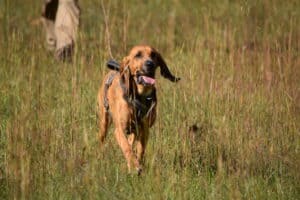Dogs have been utilized over thousands of years for a variety of jobs; regardless of the task at hand, there always seems to be a way for humans to train a dog to help.
Spanning generations, different dog breeds and genetics have combined to create the perfect partner for humans in a number of important tasks, making life easier and safer for all of us.
In particular, dogs are a huge asset to law enforcement teams. They assist their handlers by locating specific odors, trailing humans, and apprehending dangerous suspects. In different ways, these jobs help to keep our communities safe.
Whilst dogs can be an invaluable tool for police and military units, an effective police dog doesn’t just appear out of thin air. There are several components that contribute to an operational K9 who can perform reliably in the field. If your department is considering adding a K9, this article is perfect for you – we’re going to explore eight key factors you must consider.
1) Selecting the right dog
It may sound obvious, yet it is often overlooked – selecting the right dog is vital to the ultimate success of any K9 team. There are a lot of dogs who ‘look’ like police dogs, but in reality, they lack the drive and temperament to be effective when it counts the most. They may also not have been trained with the necessary fundamentals to offer their handler the control they need. It is also important to remember that just because a dog is bred specifically for police work, it doesn’t automatically mean it will be a capable dog.
Partnering with a trusted organization who has significant experience of what to look for in a police K9 can help you to choose the right dog for your requirements. Inherent traits like drive and temperament, combined with fundamentals like environmental stability and control, are vital when selecting a working dog for any task.
2) Handler selection
Even the most capable K9 will struggle alongside a handler who may jeopardize their ability to execute successfully. An impatient or frustrated handler may lack the composure to read a situation correctly. This will not only affect the capability of the K9 operationally, but will adversely impact the ability of the handler to maintain the dog’s training going forward.
Remember, the handler and the dog work together as a team. Like any team, they need to build trust in one another. Handlers can be taught how to work a dog and problem solve, but personality characteristics like patience and discipline are harder to mold. There are certainly traits that every successful K9 handler will have – they must remain calm and patient in all operational situations to ensure they get the most out of their dog.
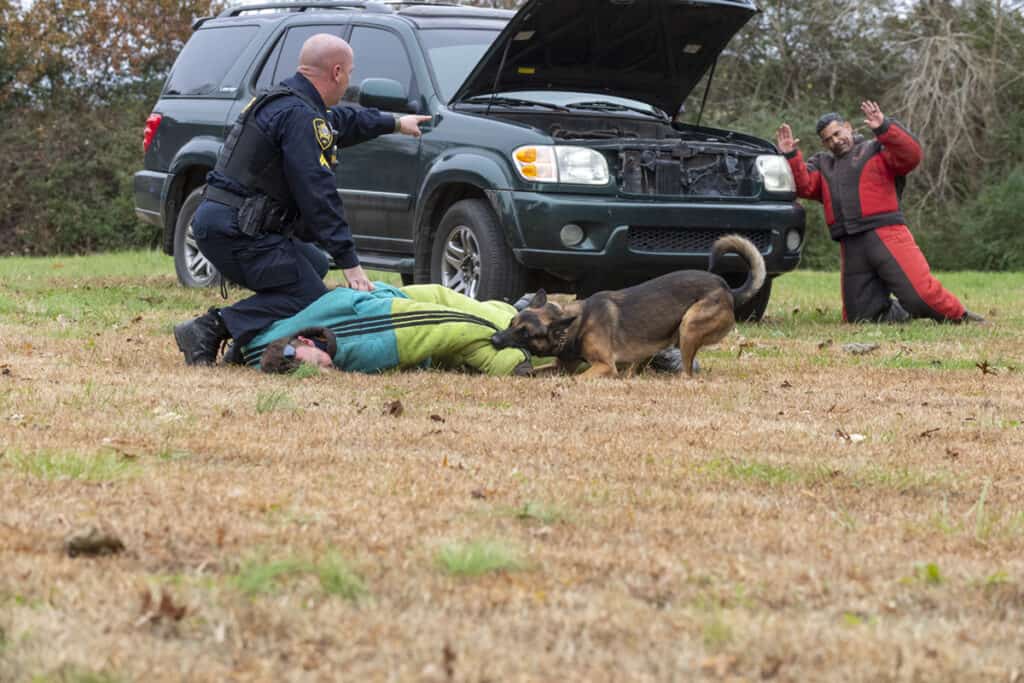
3) Solid foundational training
When you build a house, you do so from the ground up. You start with solid foundations. With those foundations in place, you can build upon them with the confidence that the house isn’t going to collapse.
The same principle applies with working dogs. The foundations are just as important as the work that will follow – because it is the base upon which your dog will work from. This foundational training needs to prepare a well-selected dog for real-world scenarios. Practical training should replicate the scenarios the K9 will experience operationally – for example, traffic stops alongside a busy highway, bitework in a new building, or trails which stretch across roads and areas of contamination.
If dogs are not trained in the situations they will be performing in, it is unrealistic to expect them to be capable of doing so when they are actually deployed.
4) Handler education
For any K9 to be effective, handler education is absolutely essential. Even the most impeccably trained dog and a handler with the best of intentions can be prevented from succeeding if the handler doesn’t know what they’re doing.
Proper handler education should train the handler on how to effectively read and work with the dog. The handler training should also cover basic dog training skills, as well as cover topics such as liability and other consequences of working a Police K9. This education not only helps the K9 team to improve operational efficiency and achieve optimum results; it also reduces the potential of legal issues arising from their work.
5) Training for purpose
Once a K9 team is selected, matched, trained and certified, the work doesn’t stop! The best teams continue to develop their skillset to remain effective on deployment. Good training should continue to push the skills of both the handler and the dog.
Training should always have a purpose. In addition, if teams are completing every training scenario without any adversity or problems, it is worth reviewing if the training exercises are being set up properly. Both parts of the team – handler and dog – need to be pushed to ensure that they can reach their potential.
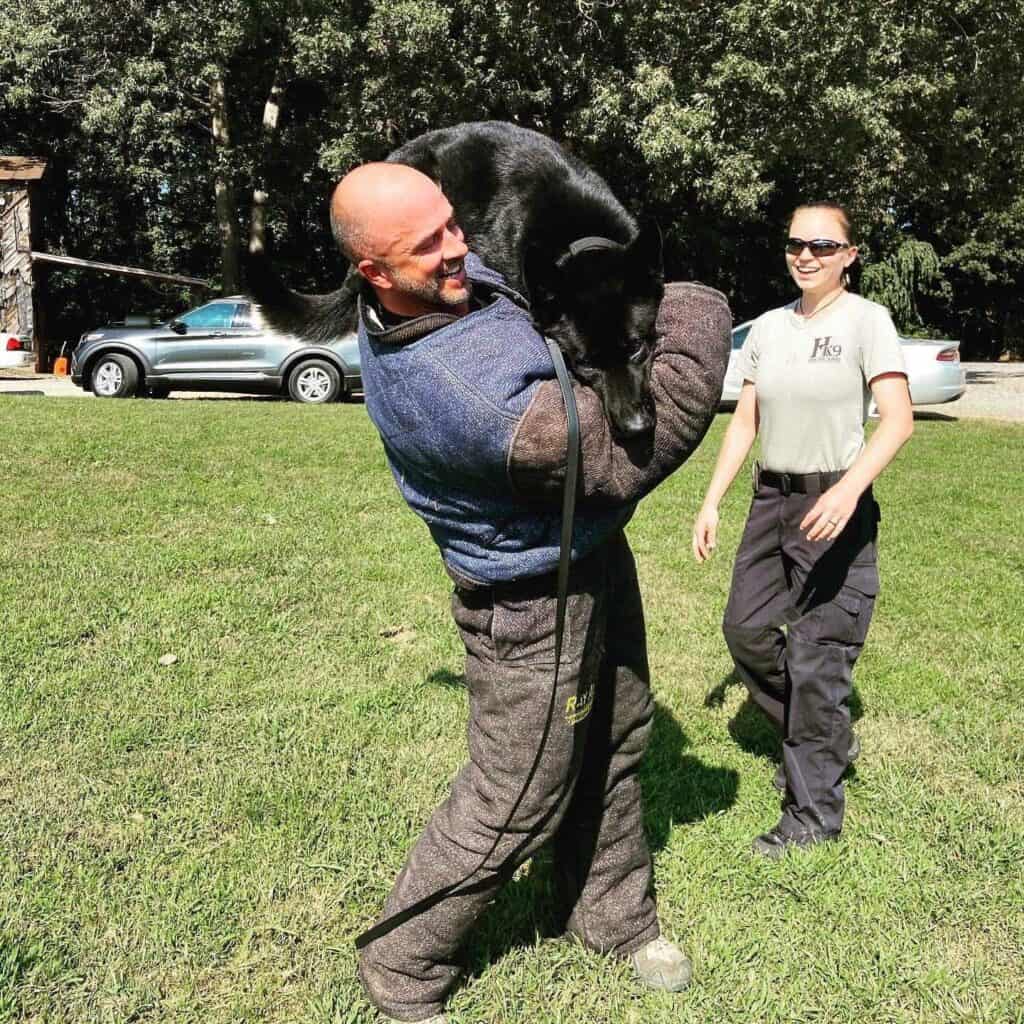
6) Proper equipment
Equipment can sometimes be an afterthought, but ensuring your K9 team has the right tools available is of paramount importance for efficiency and safety.
Not only should the team have the correct equipment at the outset, but equipment should be regularly checked, tested and maintained to ensure the dog remains a beneficial resource for the department.
7) Access to training resources
Departments must understand that there needs to be access to resources for a K9 team’s training to be effective. These resources can include:
- A mixture of training locations (depending on the type of K9, this could be indoor and outdoor settings, varying terrains and environments, urban and rural settings, etc.).
- Trail layers who are adept at running trails which will act as a suitable challenge for the dog.
- Experienced decoys who will help to correctly develop the dog’s skills.
Taking time to consider the resources available will allow your department to identify areas for investment and improvement, and will in turn improve the training available for the K9 team. This will make a massive difference to the overall efficiency of the team in the field. If dogs only perform their jobs in specific environments with specific people, it can become a cue over time, which can result in confusion.
8) Working with the right vendor
Selecting the right vendor will have a massive effect on the outcome of a police dog. When choosing a vendor, you should consider their experience, background and training style. It is also imperative to understand exactly what the dog will be trained to do prior to leaving the vendor, as well as what the handler will learn. Dogs trained only for specific certifications – and not for real-world situations – may not perform well once becoming operational.
Finally, a good vendor should provide you with information on recertification and future training options, in addition to health and workability guarantees.
In summary
A well-trained Police K9 working alongside a knowledgeable handler can be a hugely beneficial tool for a department to have in their arsenal.
Getting the most out of the team requires planning and preparation, but the benefits they can bring to communities are undoubtedly worth it. Dogs can be a vital part of any department with the correct setup and structure in place.
